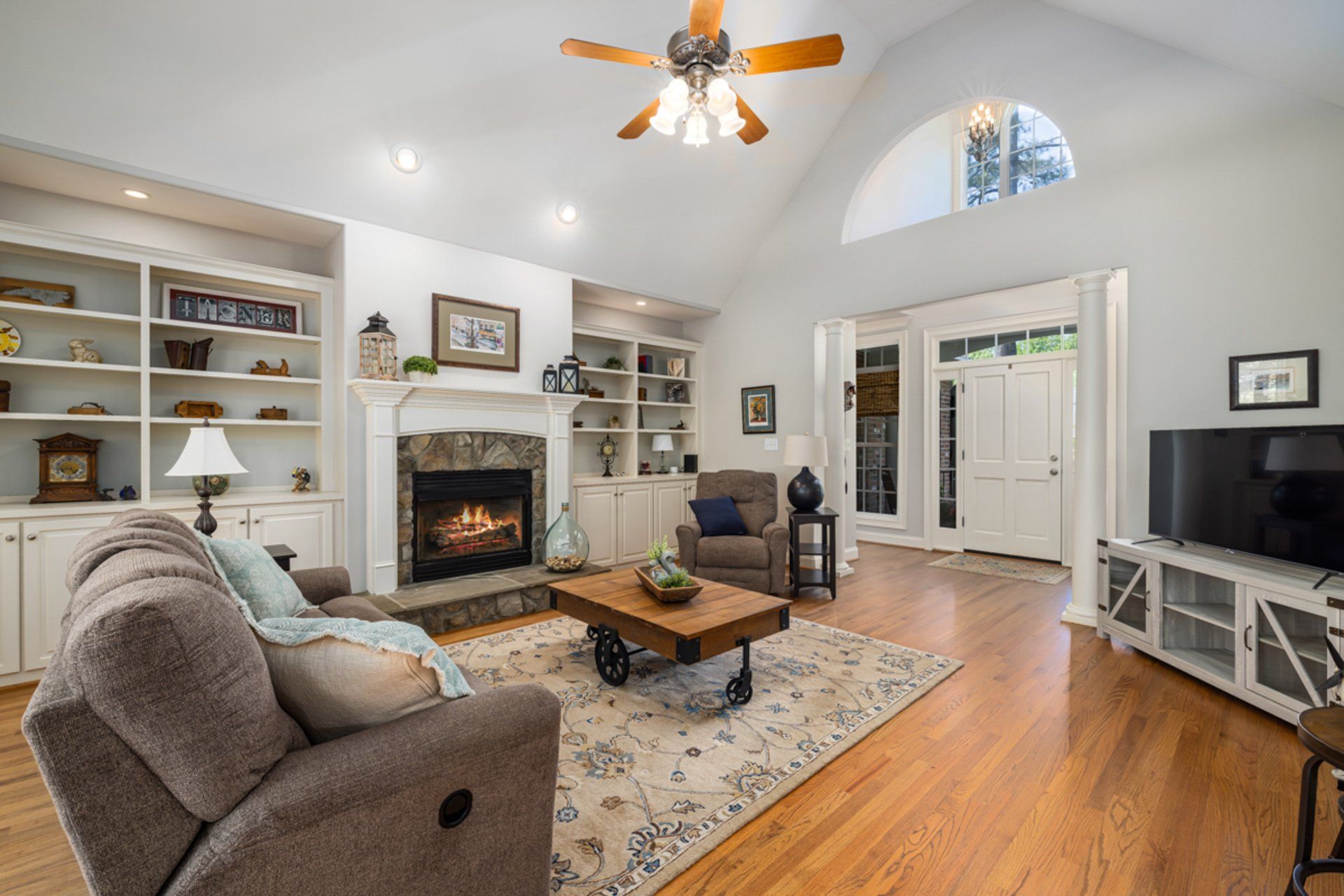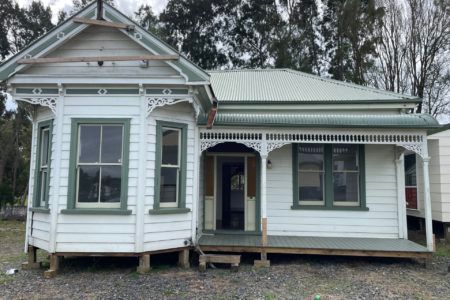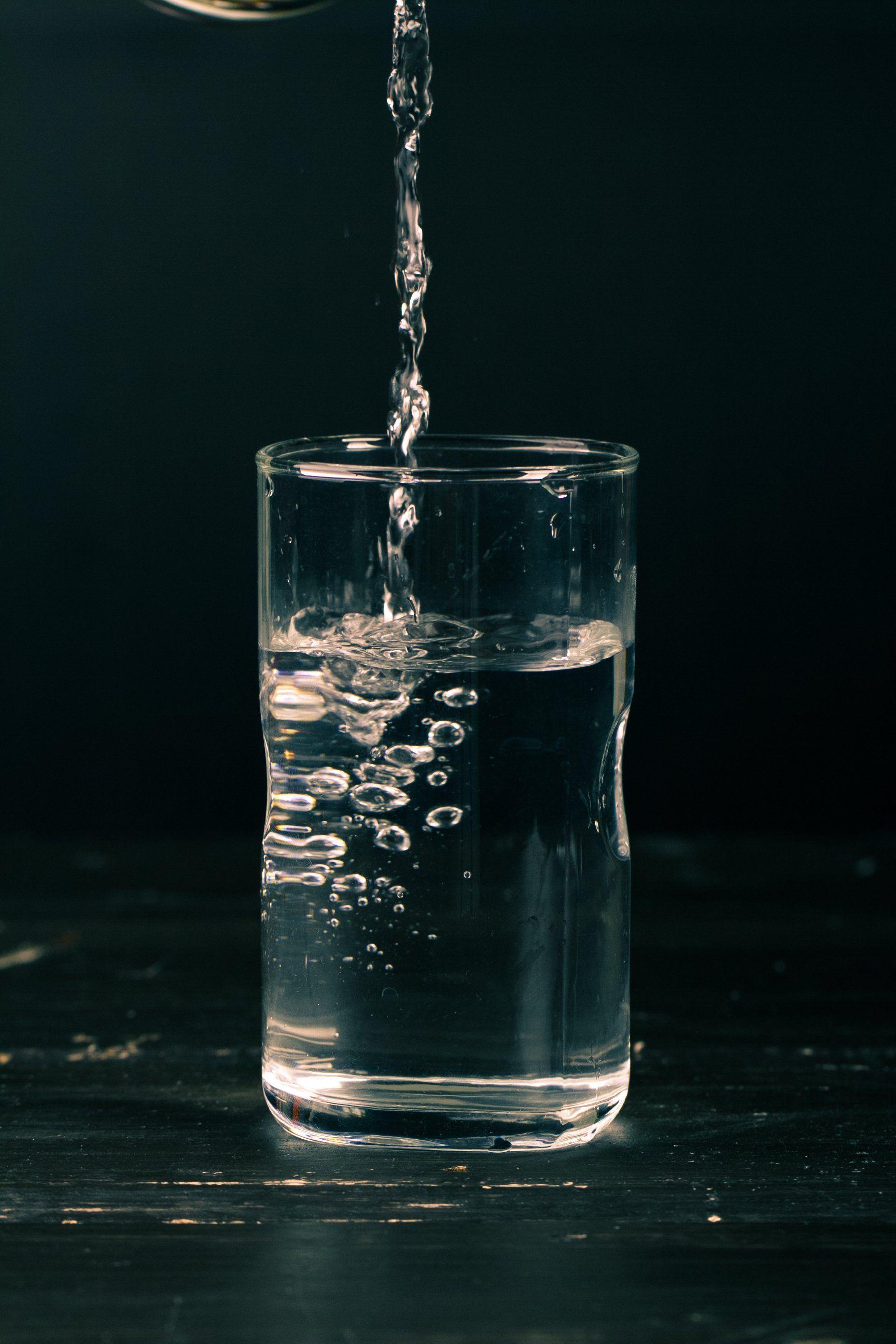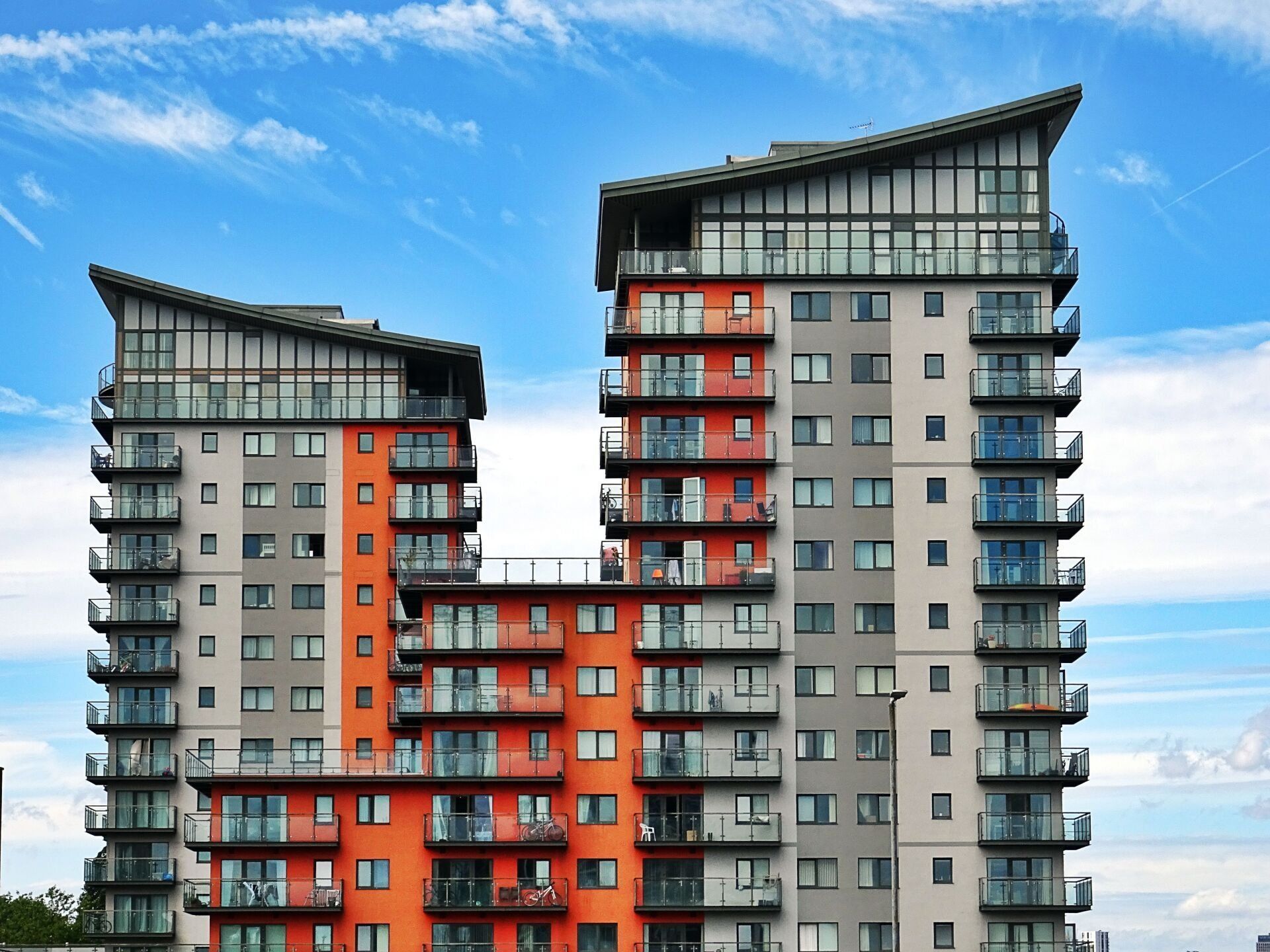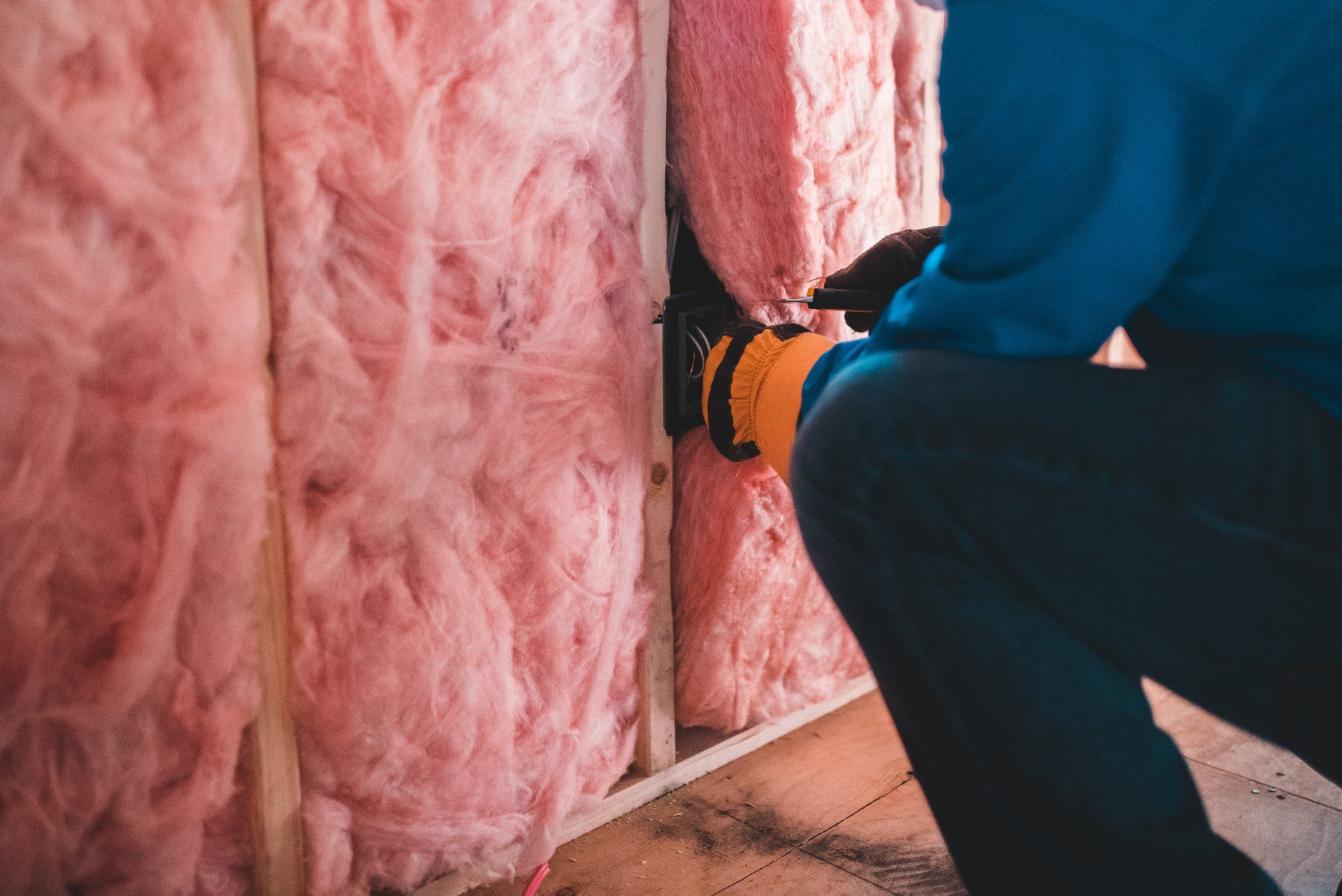Avoiding Dampness in the home
Avoiding Dampness in the home
In winter the challenge for every home is to keep the inside warm and dry. Put another way it is about keeping moisture out and heat in. Keeping moisture out means that the outside cladding– roof and weatherboards don’t leak.
Obviously keeping the roof corrosion or crack free and well painted is a basic in this regard. For ‘iron’ i.e., galvanised steel roofs ensure all roof nails are not sticking up and that they have flashing washers to prevent moisture ingress.
For concrete tile roofs these can crack and the cement pointing among ridge tiles can become loose and missing due to shrinkage. Sealing cracked tiles with silicone is a satisfactory fix if the tile cannot be replaced.
Keeping weatherboards well painted prevents moisture damage to the whole house. What is often neglected is to make sure all penetrations - i.e. holes formed where pipes, cables and the like go through the weatherboards are sealed properly.
Likewise, any fixings where holes are drilled to fix items on walls or roofs need to be well sealed as these are often overlooked and become a prime source of leaks and moisture ingress.
This refers to fixings such as outside lights, TV antenna, meter boxes, security alarm boxes and so on.
Particular attention to all the above points is important where construction types have low pitch roofs, small or no eaves, internal gutters, no cavity, or monolithic cladding.
No matter what type of exterior cladding is used it is important to have the bottom of the cladding above ground level (normally 150mm) and no flower beds built up against the cladding.
Ground contact leads to water slowly rising into the cladding by capillary action making the house damp.
Moisture generated inside the home needs to be removed or prevented too. Bathrooms should have an extractor fan that removes moisture from showers and baths to the outside of the home.
Stoves should have a rangehood that vents outside and so should clothes dryers in the laundry. Drying damp
washing in front of a heater inside means all the moisture is released into the house adding dampness to the curtains, carpet, walls, and ceiling.
It is recommended when the day warms up that windows and doors are opened to ventilate the house. Dampness often leads to mould growing inside the house and some types of mould are toxic and a significant health risk.
Beware of portable gas heaters. The burning of gas produces water vapour and portable heaters do not have a flue to get rid of the moisture produced. A DVS or HRV ventilation system is an excellent low-cost way of preventing dampness and mould in homes.
They really do work especially with older houses where windows and doors aren’t perfectly sealed. The basic system costs only a few cents per day to run (DVS says $17 per year). DVS and HRV systems also claim they save on heating costs since it takes less energy to heat dry air than damp air.
Dehumidifiers are effective too, but the major drawbacks are that they are more expensive to run and the water collecting container needs to be emptied on a regular basis. Stay dry, stay warm, stay healthy this winter.












